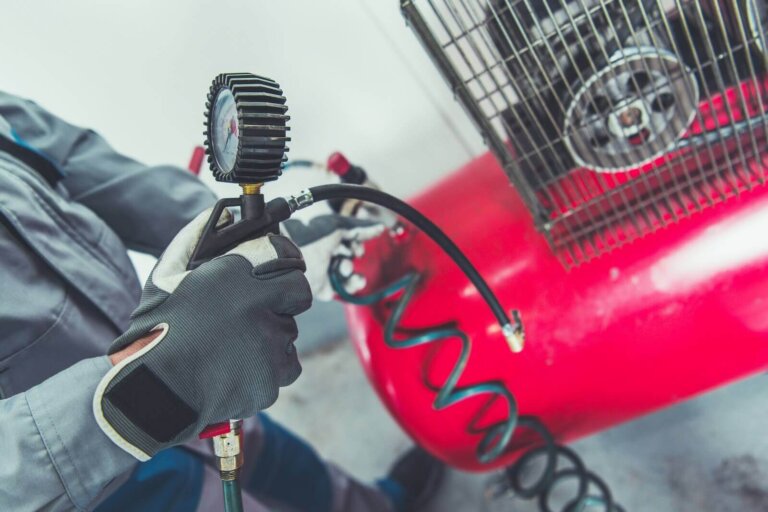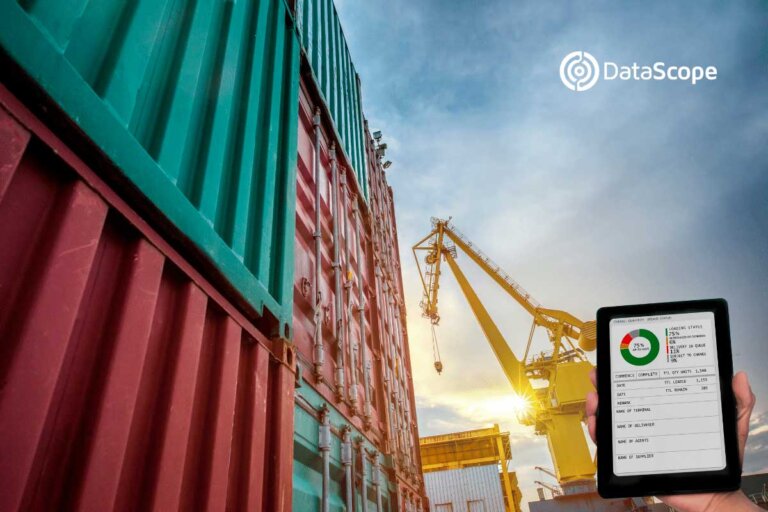A workplace safety checklist is a tool used by safety officers to inspect office workplace environments to identify unsafe conditions and work practices that are likely to provoke injuries. These types of checklists can also help organizations apply the latest best practices for situations or changes in the workplace that affect lives and livelihood.
Each workplace and industry has its own set of hazards, and health and safety professionals should be able to identify which checklists are appropriate to specific workplaces and processes in order to ensure that complies with safety standards. Safety checklists can be useful to identify possible workplace hazards and to prevent work-related incidents, injuries, and illnesses.
Why is it important to have a job safety checklist?
Workplace safety is very important for any industry because all the workers desire and deserve working in a safe and protected environment. All the industries do have safety risks but implementing the required precautions, companies can ensure their workers safety condition all the time.
A checklist is a standardized list of required steps developed usually for repetitive tasks. It provides several benefits. Here we have listed few:
Identify and avoid future problems
Safety checks will help you to identify possible issues so you will be able to sort it before becoming a major problem to save you spending a lot of money. It is important to take the time and evaluate what potential issues and hazards there may be in the workplace. Take the time to evaluate what could be an important issue. Look out for simple slip and trip hazards such as cables left dangling or an obstacle sticking out at an awkward angle.
The workplace will be safer
The wellbeing of clients, customers and employees should be the primary concern of every manager. Internal inspections are great to ensure health and safety conditions. Evidence shows that the simple checklist can help save lives. It enables us also to be better in taking care of our customers.
Improve communication across departments
Checklists allow managers and supervisors to check tasks in real-time. Any deficiencies will be spotted during the completion of a checklist will be instantly communicated without phone calls, text messages or time spent completing an additional paper form.
If you use safely checklists efficiently, everyone will knows what is going on at any given time.
Organization
Checklists can help team members to stay more organized by assuring they do not skip any steps in a process. Each one would know what to do if an incident occurs.
Build a circle of safety procedures across departments
All the departments should interact and verify that reported deficiencies have been addressed and sorted.out Every organization should have procedures to avoid safety problems and to face them in an efficient manner. In this way, you will close the gaps originated by poor communication, redundant forms and human error.
5 mistakes to avoid when creating your workplace safety checklist
Missing DDS (daily security dialog)
The Daily Safety Dialogue (DDS) emerged as a way to make employees aware of the risks of activities performed and the way they could avoid it. This is a relevant tool for the protection and safety of workers because is a facilitator of applied communication between employees and their supervisors, with the purpose of concerting workers on the risks of activities performed in the work environment. The DDS is a great ally for companies and employees, which reduce the accident rate and increase motivation and productivity of employees in the work environment. The absence or DDS could worsen the communication and increase the number of incidents.
Lack of standardization in the safety checklist
Standards and rules define the scope, quality, and methods to be followed. Process standardization describes the establishment of a set of rules governing how people in an organization are supposed to complete a given task or sequence of tasks. If you do not standardize these rules, you cannot have visibility over whether you are ensuring quality and reducing human error.
Standardization improves clarity, decreases ambiguity and guesswork and the lack of standardization in the can safety checklist can lead to more ambiguity, less reliability, and less consistent quality. Workers will not know how to fill the checklists and which incidents should be reported and this can lead to confusion when any issue arises.
Devalue the importance of supporting evidence
Supporting evidence can help your team to clarify and explicit the causes of any incident. This will help you and your workers to prevent similar incidents. Effective decision-making in occupational health and safety (OHS) requires having up-to-date.
Effective action, to prevent and reduce the impacts of workplace injuries and illnesses, requires access to the best available evidence on Occupational Health and Safety (OHS) interventions and policies. A properly conducted systematic research synthesis can provide that evidence. A synthesis should be based on careful examination of all the relevant evidence that is available on an OHS issue, rather than focusing on a few recent studies that may not be of adequate quality or that may not be applicable to contexts other than the ones in which the research was based.
Lack of attention to working hours
Long working hours are a common phenomenon amongst most organizations and companies where the length of time spending on work, comprising main tasks of job, related tasks, commuting, and travel, is too long and, directly or indirectly, detrimental to the health of workers.
Employees who work irregular shift times, in contrast with those with more standard, regular shift times, experience more work-family conflict, and more work stress. Having workers doing extra working hours can backfire because, after a long period of concentration, anyone tend to lose the focus. If your workers do not get a time to recover, their attention and ability to stay focused will decrease and this will not just affect your productivity; it could also increase the incidents/accident rates.
Use inadequate tools for managing and executing the safety checklist routine
The use of unappropriated tools to fill and managing checklists means that you will not get accurate information and will not be able to identify unsafe conditions and work practices that could provoke working accidents. Before selecting the tools, it is advisable to do a research to get the most appropriate to your industry and characteristics.
Health and safety law and regulations
Every country has Occupational Health and Safety legislation, which should secure employee rights to a work environment that controls health and safety risk. As an employer, you has to protect your workforce from injury or illness at work. This includes your employees, indirect employees, or any member of your supply chain that are on your premises. Failure to do so is not only dangerous, costly, and negligent, but also damage employee morale and company reputation.
Depending on your industry, legal responsibilities may become more specific, however; even an office-based business should reduce risk where possible by implementing rudimentary protocols such as fire safety training or electrical tests in an office space.
The World Health Organization (WHO) has a special progrmme for occupational health since 1950. Workers’ Health Programme in collaboration with IL0 and countries call for identification and control of health hazards at work.
Occupational safety and health, including compliance with the OSH requirements pursuant to national laws and regulations, is the responsibility and duty of the employer. The employer should show strong leadership and commitment to OSH activities in the organization, and make appropriate arrangements for the establishment of an OSH management system.
Health & Safety best practices
The main goal of safety and health programs is to prevent workplace injuries, illnesses, and deaths.The recommended practices is using a proactive approach to manage workplace safety and health.
Get a program in place
Your company must have an occupational health and safety program with all the relevant information including training programs.
Get employee input
Involve your team in the tasks developed to identify possible defects in equipment and on ways to avoid injuries. Whether you are in an office environment or in a manufacturing setting, their view could be essential to prevent accidents. Face-to-face meetings with employees are always the most effective way of ensuring that the parts involved really understand the situation.
Create a health and safety manual
Once you have gathered input from your employees, create a reference manual that will be use as a guideline and should be reviewed and edited from time to time.
Communicate your company safety standards
Make sure that everyone knows safety and security measures, fire procedures and escape routes and other relevant information regarding to health and safety.
Carry out health and safety training
Ensuring that all workers undergo health and safety training can help reduce accidents and injuries in the workplace. This, in turn, can also protect the company from facing costly legal battles with employees, as well as preventing employees from leaving the jobsite due to work-related illnesses.
Use an appropriate safety checklist
Look for or generate the best hazard identification checklists to evaluate the overall health and safety of your workplace, and set preventive controls to reduce or eliminate risks.
Lista de verificación de seguridad en el lugar de trabajo: mejores prácticas y 5 errores a evitar






